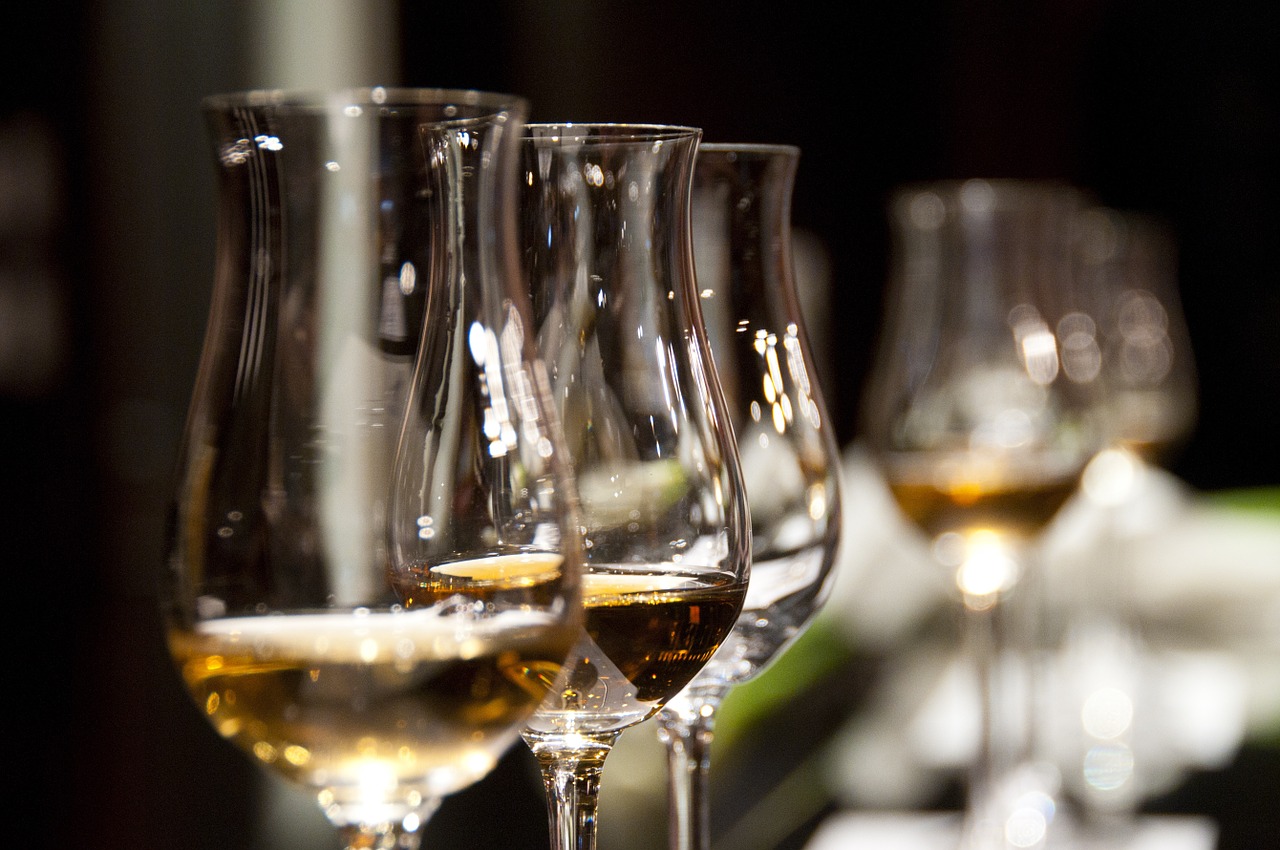St Stephen’s Green (Irish: Faiche Stiabhna) is a city centre public park in Dublin, Ireland. The current landscape of the park was designed by William Sheppard. It was officially reopened to the public on Tuesday, 27 July 1880 by Lord Ardilaun.
Do you Love Ireland? Join us here
The park is adjacent to one of Dublin’s main shopping streets, Grafton Street, and to a shopping centre named for it, while on its surrounding streets are the offices of a number of public bodies as well as a stop on one of Dublin’s Luas tram lines. It is often informally called Stephen’s Green. At 22 acres (8.9 ha), it is the largest of the parks in Dublin’s main Georgian garden squares. Others include nearby Merrion Square and Fitzwilliam Square.
The park is rectangular, surrounded by streets that once formed major traffic arteries through Dublin city centre, although traffic management changes implemented in 2004 during the course of the Luas works[4] have greatly reduced the volume of traffic. These four bordering streets are called, respectively, St Stephen’s Green North, St Stephen’s Green South, St Stephen’s Green East and St Stephen’s Green West.
Until 1663 St Stephen’s Green was a marshy common on the edge of Dublin, used for grazing. In that year Dublin Corporation, seeing an opportunity to raise much-needed revenue, decided to enclose the centre of the common and to sell land around the perimeter for building.The park was enclosed with a wall in 1664. The houses built around the Green were rapidly replaced by new buildings in the Georgian style and by the end of the eighteenth century the Green was a place of resort for the better-off of the city. Much of the present-day landscape of the square comprises modern buildings, some in a replica Georgian style, and relatively little survives from the 18th and 19th centuries.
Fusiliers’ Arch, erected in 1907
In 1814 control of St Stephen’s Green passed to Commissioners for the local householders, who redesigned its layout and replaced the walls with railings.
After the death of Prince Albert, Queen Victoria suggested that St Stephen’s Green be renamed Albert Green and have a statue of Albert at its centre, a suggestion rejected with indignation by the Dublin Corporation and the people of the city, to the Queen’s chagrin.
Access to the Green was restricted to local residents, until 1877, when Parliament passed an Act to reopen St Stephen’s Green to the public, at the initiative of Sir A.E. Guinness, a member of the Guinness brewing family who lived at St Anne’s Park, Raheny and at Ashford Castle. He later paid for the laying out of the Green in approximately its current form, which took place in 1880, and gave it to the Corporation, as representatives of the people. By way of thanks the city commissioned a statue of him, which faces the College of Surgeons. His brother Edward lived at Iveagh House, which his descendants gave in 1939 to the Department of External Affairs (now the Department of Foreign Affairs).
During the Easter Rising of 1916, a group of insurgents made up mainly of members of the Irish Citizen Army, under the command of Commandant Michael Mallin, his second-in-command Kit Poole, and Constance Markievicz, established a position in St Stephen’s Green.They numbered between 200 and 250. They confiscated motor vehicles to establish road blocks on the streets that surround the park, and dug defensive positions in the park itself. This approach differed from that of taking up positions in buildings, adopted elsewhere in the city.
It proved to have been unwise when elements of the British Army took up positions in the Shelbourne Hotel, at the northeastern corner of St Stephen’s Green, overlooking the park, from which they could shoot down into the entrenchments. Finding themselves in a weak position, the Volunteers withdrew to the Royal College of Surgeons on the west side of the Green.During the Rising, fire was temporarily halted to allow the park’s groundsman to feed the local ducks.
The park is now operated by the Office of Public Works on behalf of the Irish state.
About Dublin:
Dublin, Irish Dubh Linn, Norse Dyfflin (“Black Pool”), also called Baile Átha Cliath (“Town of the Ford of the Hurdle”), city, capital of Ireland, located on the east coast in the province of Leinster. Situated at the head of Dublin Bay of the Irish Sea, Dublin is the country’s chief port, centre of financial and commercial power, and seat of culture. It is also a city of contrasts, maintaining an uneasy relationship between reminders of earlier political and economic conditions and symbols of present-day life and prosperity
Crazy facts about Dublin
- Dublin has the youngest population in all of Europe. Approximately 50-percent of the population is less than 25-years of age.
- The City of Dublin contains 666 licensed pubs.
- Dublin’s oldest known pub is the Brazen Head, established in 1198 AD as a coach house
- There are 10-million pints of Guinness produced daily in Dublin.
- Dublin was founded by Vikings, who settled in what they called the “Norse Kingdom of Dublin” in the 9th century.
More interesting facts about Dublin here
Do you Love Ireland? Join us here




